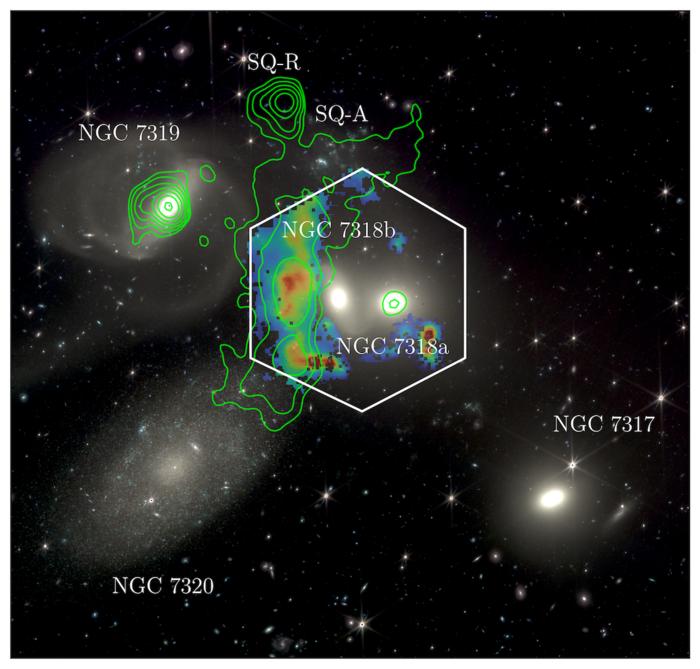
Conventional solar panels capture less than 30 per cent of the energy that hits them
Marc Venema / Alamy Stock Photo
A new kind of solar cell has broken a theoretical limit on the efficiency of silicon-based cells, which could enable us to harvest more energy from sunlight.
Almost all commercial solar cells are made from silicon. These can only convert a narrow frequency band of sunlight to electricity. Light that is too far outside this range either passes straight through or is lost as heat, which gives silicon cells a theoretical efficiency limit of around 29.4 per cent.
This limit could, in theory, be higher if another material that generates electricity from light in a different frequency range is stacked on top of the silicon layer. Perovskite, a titanium and calcium crystal, is well suited to this because it is better at absorbing light closer to the infrared spectrum, but making it efficient has proven difficult. This is because of wayward electrons that are reabsorbed into the crystal before they can be turned into current.
Now, two research groups have found ways to pair perovskite with silicon and achieve a higher efficiency.
To make the silicon and perovskite work together, Xin-Yu Chin at the Swiss Federal Institute of Technology Lausanne and his colleagues used a two-step process. The silicon cell is first coated in a tightly fitting layer of precursor chemicals, before a second layer of chemicals is added to turn the precursors into perovskite. This process causes fewer defects in the silicon-perovskite interface, says Chin, and so increases the number of electrons available for current. The team’s device has an efficiency of 31.2 per cent.
In a separate study, Silvia Mariotti at Helmholtz-Zentrum Berlin and her colleagues injected liquid piperazinium iodide into the perovskite layer, which also appeared to reduce the wayward electrons – achieving an efficiency of 32.5 per cent.
“The efficiency is phenomenal,” says Kyle Frohna at the University of Cambridge. However, these figures are currently limited to solar cell sizes much smaller than what would be required for commercial use, he says.
In May, the solar firm Oxford PV demonstrated that perovskite-silicon tandem cells could be manufactured at a scale ready for production, although they had a slightly lower efficiency level of 28 per cent.
“If we can make these at large scale, which it seems like some companies are able to, that’s great,” says Frohna. “The only caveat is that we want to make sure that they are stable enough to last for a long period of time.”
Topics:

























































